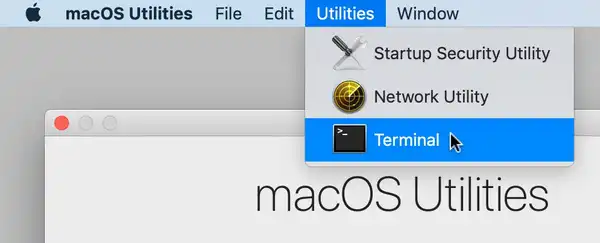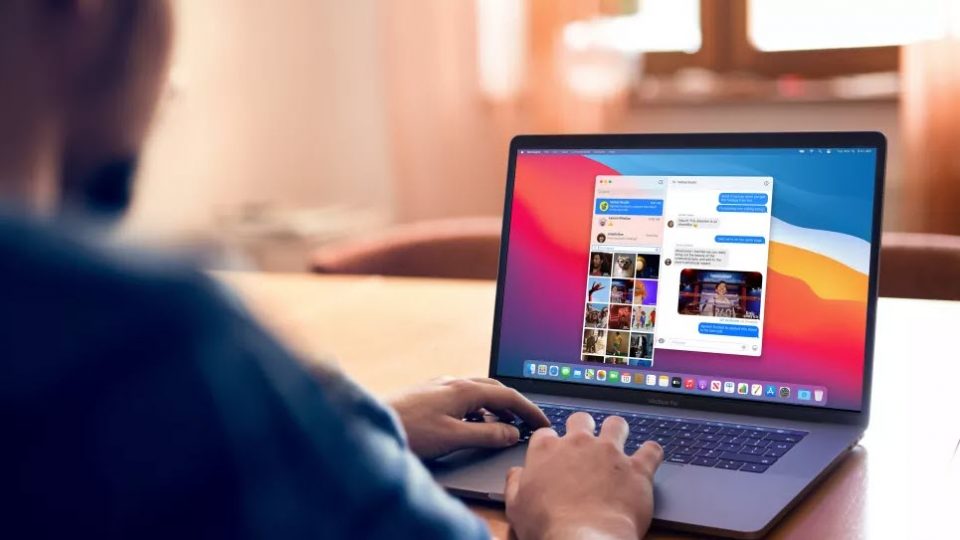Macos Big Sur Unsupported Mac
MacBook Pro (13-inch, M1, 2020) MacBook Pro (13-inch, 2020, Two Thunderbolt 3 ports) MacBook Pro (13-inch, 2020, Four Thunderbolt 3 ports) MacBook Pro (16-inch, 2019). How to Install macOS Big Sur on an Unsupported Older Mac Laura Angelica updated on 2020-09-25 16:26:16 The latest and more advanced Mac operating system was announced at the Worldwide Developer Conference by Apple. MacOS Big Sur, also known as macOS 11 is a great catch as it comes with numerous new features such as redesigned icons and menu.

How to install Big Sur on unsupported Mac To install Big Sur on an unsupported Mac, you must first create a bootable USB drive using a special patcher app. Then you need to use the USB drive to install Big Sur on the unsupported Mac, and, lastly, you must install the needed patches. Creating a bootable USB stick using the Big Sur patcher. Running Big Sur on another macOS on an unsupported Mac may also be considered against Apple's terms and conditions. For information about Apple's terms and conditions read: Should you agree to. Now only the last step remains: install macOS Big Sur on your unsupported Mac. Just look for the file InstallAssistant.pkg that you downloaded. Open it and the macOS Big Sur installer will appear. Select the disk partition to install the new system and the macOS Big Sur installation process will begin.
Macos Big Sur Compatibility
macOS Big Sur elevates the most advanced desktop operating system in the world to a new level of power and beauty. Experience Mac to the fullest with a refined new design. Enjoy the biggest Safari update ever. Discover new features for Maps and Messages. And get even more transparency around your privacy.
Check compatibility
macOS Big Sur is compatible with the following computers. If your Mac isn't compatible, you might be able to install an old version of macOS instead.
MacBook introduced in 2015 or later
MacBook Air introduced in 2013 or later
MacBook Pro introduced in late 2013 or later
Mac mini introduced in 2014 or later
iMac introduced in 2014 or later
iMac Pro
Mac Pro introduced in 2013 or later
View the complete list of compatible computers.
If upgrading from macOS Sierra or later, your Mac needs 35.5GB of available storage to upgrade. If upgrading from an earlier release, your Mac needs up to 44.5GB of available storage. To upgrade from OS X Mountain Lion, first upgrade to OS X El Capitan, then upgrade to macOS Big Sur.
Download macOS Big Sur
If you're using macOS Mojave or later, get macOS Big Sur via Software Update: Choose Apple menu > System Preferences, then click Software Update.
Or use this link to open the macOS Big Sur page on the App Store: Get macOS Big Sur. Then click the Get button or iCloud download icon.
Install macOS Big Sur
After downloading, the installer opens automatically. Click Continue and follow the onscreen instructions.
Please allow installation to complete without putting your Mac to sleep or closing its lid. During installation, it might restart and show a progress bar or blank screen several times. You might find it easiest to begin installation in the evening so that it can complete overnight, if needed.
Stay up to date
After installing macOS Big Sur, you will be notified when updates to macOS Big Sur are available. To check for updates, choose Apple menu > System Preferences, then click Software Update.

Big Sur Unsupported Patch

You start with creating a bootable USB with info from this post. Just pick Big Sur instead of the mentioned High Sierra.
Building/installing the patcher
After that follow these instructions,on how to install and use the OpenCore Legacy patcher.
Remarks
- Erase/format the MAC HD/SSD before installation !! I really think that this does it more simple for the installer !!
- 'Mac OS Extended(journaled)' with an old non SSD HD
- With en SSD use 'APFS'
- The Mac rebooted several times during install.
- Don't remove the USB until at the very end.
- If you, like me, have a Mac which need the legacy video acceleration support please note that the Mac have a painfully slow display update before you have applied the 'Post-Install volume Patch'.
- Updating the Mac from Big Sur 11.4 to 11.5, made the messages.app stop working fixed in release 0.2.4
- Please note that 'Nightly Builds' are available but are for testing purposes only !!!